How to Handle Load Balancing in AWS and Use Multiple Instances for a Single Website
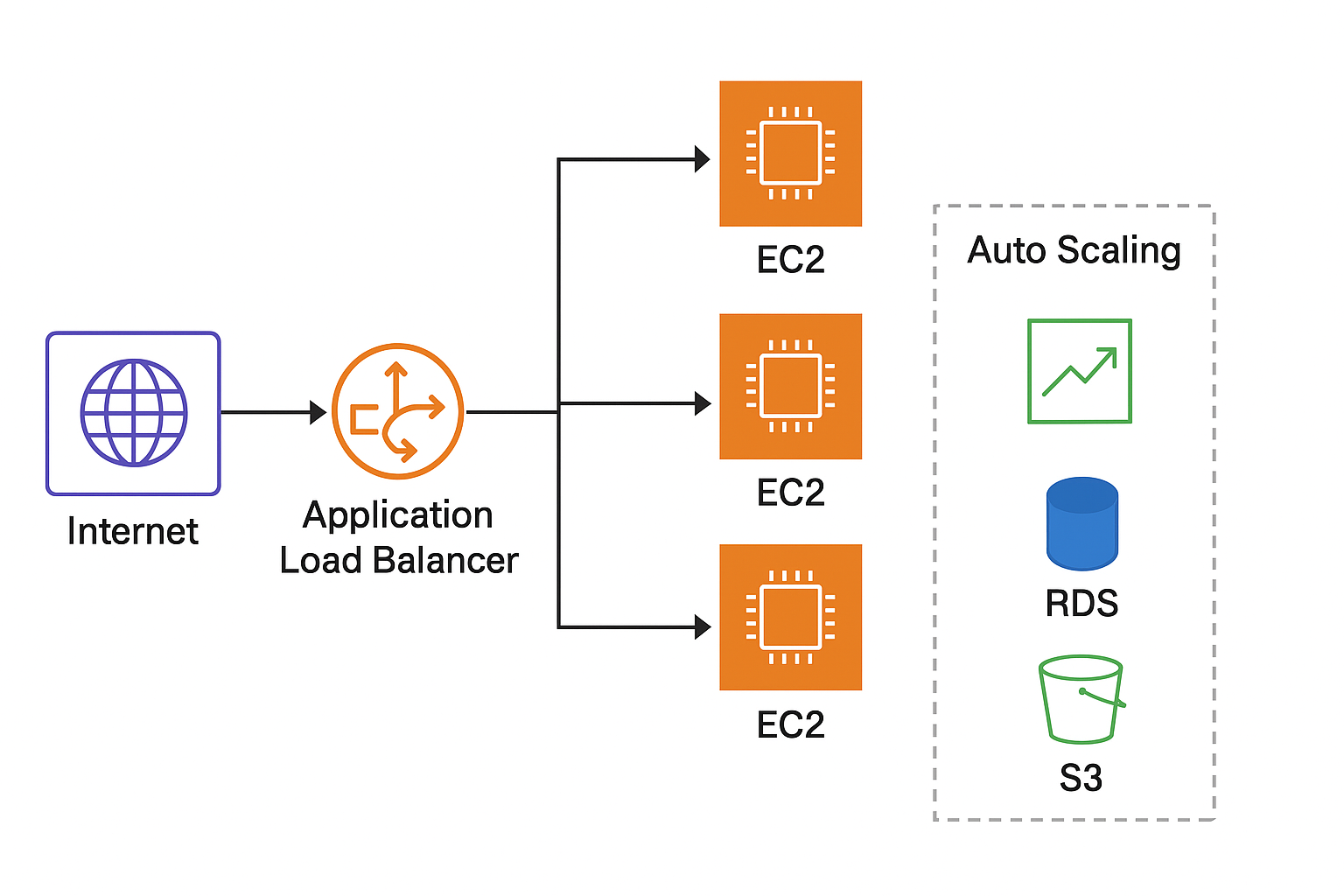
What is Load Balancing?
Load balancing is the process of distributing incoming traffic across multiple servers (instances) so that no single server is overwhelmed.
Imagine your website as a restaurant:
- If only one waiter is serving, customers wait longer.
- If there are multiple waiters, the manager assigns customers evenly, and service improves.
That’s exactly what a Load Balancer does for your website.
AWS Elastic Load Balancer (ELB)
AWS provides a managed service called Elastic Load Balancer (ELB). It automatically distributes incoming traffic across multiple EC2 instances.
Types of AWS Load Balancers:
- Application Load Balancer (ALB) – Best for web applications (works at the application layer, HTTP/HTTPS).
- Network Load Balancer (NLB) – Best for extreme performance, TCP/UDP traffic.
- Classic Load Balancer – Older version, not recommended for new projects.
For most websites, ALB is the go-to option.
Using Multiple Instances for One Website
Step 1: Launch Multiple EC2 Instances
- Create EC2 instances with the same application code and configurations.
- You can use AMI (Amazon Machine Image) to replicate the same environment quickly.
Step 2: Put All Instances Behind a Load Balancer
- Create an Application Load Balancer from the AWS console.
- Add your EC2 instances to the Target Group.
- The load balancer will now distribute requests evenly.
Step 3: Configure Auto Scaling (Optional but Recommended)
- Use Auto Scaling Groups to automatically add/remove EC2 instances based on traffic load.
- Example: Add more instances when traffic spikes, remove them when traffic drops.
Step 4: Attach a Domain
- Point your website’s domain (via Route 53 or any DNS) to the Load Balancer’s DNS name.
- This ensures visitors are routed through the load balancer.
Benefits of Load Balancing in AWS
- High availability – if one instance fails, traffic is sent to healthy ones.
- Scalability – easily handle traffic spikes.
- Better performance – faster response times for users.
- Cost optimization – only pay for resources you need.
Example Use Case
- A website running on one EC2 instance starts crashing during peak hours.
- You launch three instances and put them behind an Application Load Balancer.
- Users now experience smooth browsing, and you can sleep peacefully.
Final Thoughts
Load balancing with AWS is a must-have if you expect your website to grow. By combining Elastic Load Balancer with multiple EC2 instances (and optionally Auto Scaling), you can build a robust, scalable, and highly available application without managing complex infrastructure.
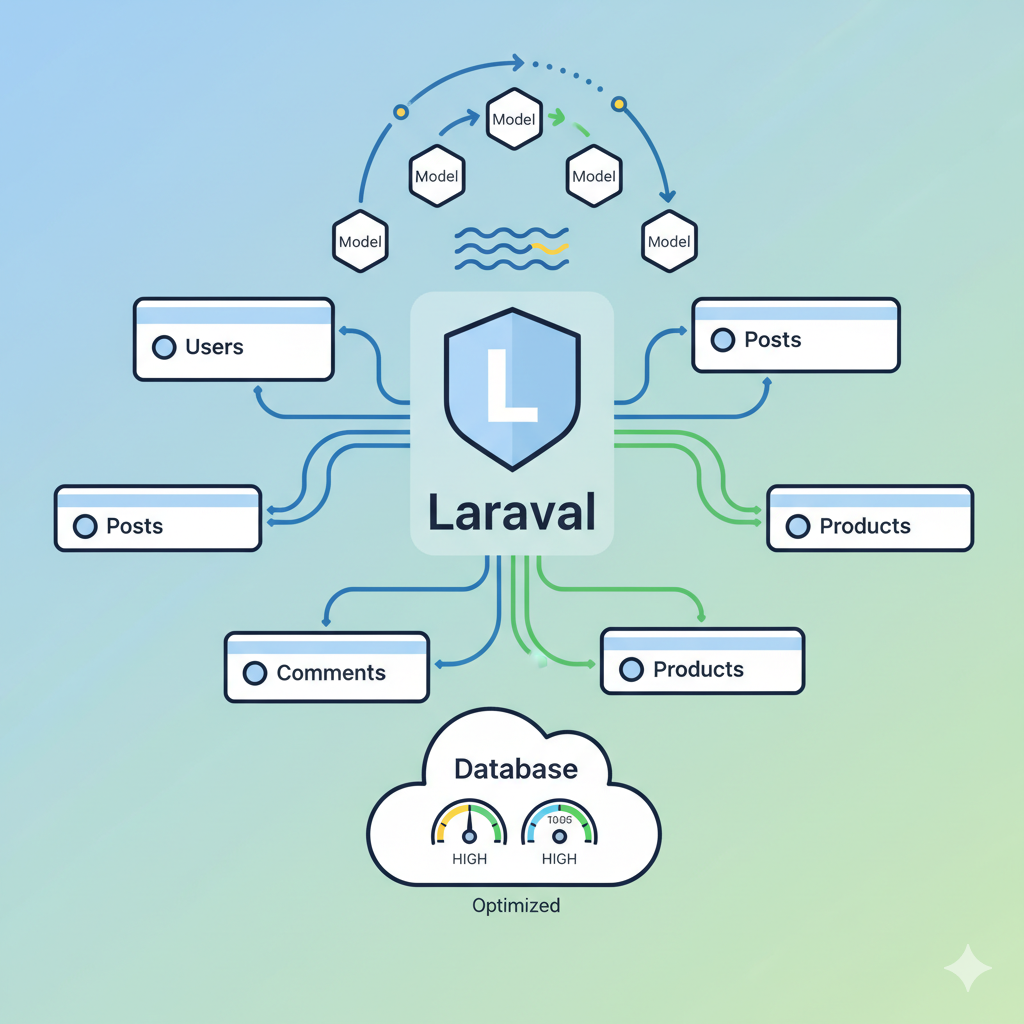
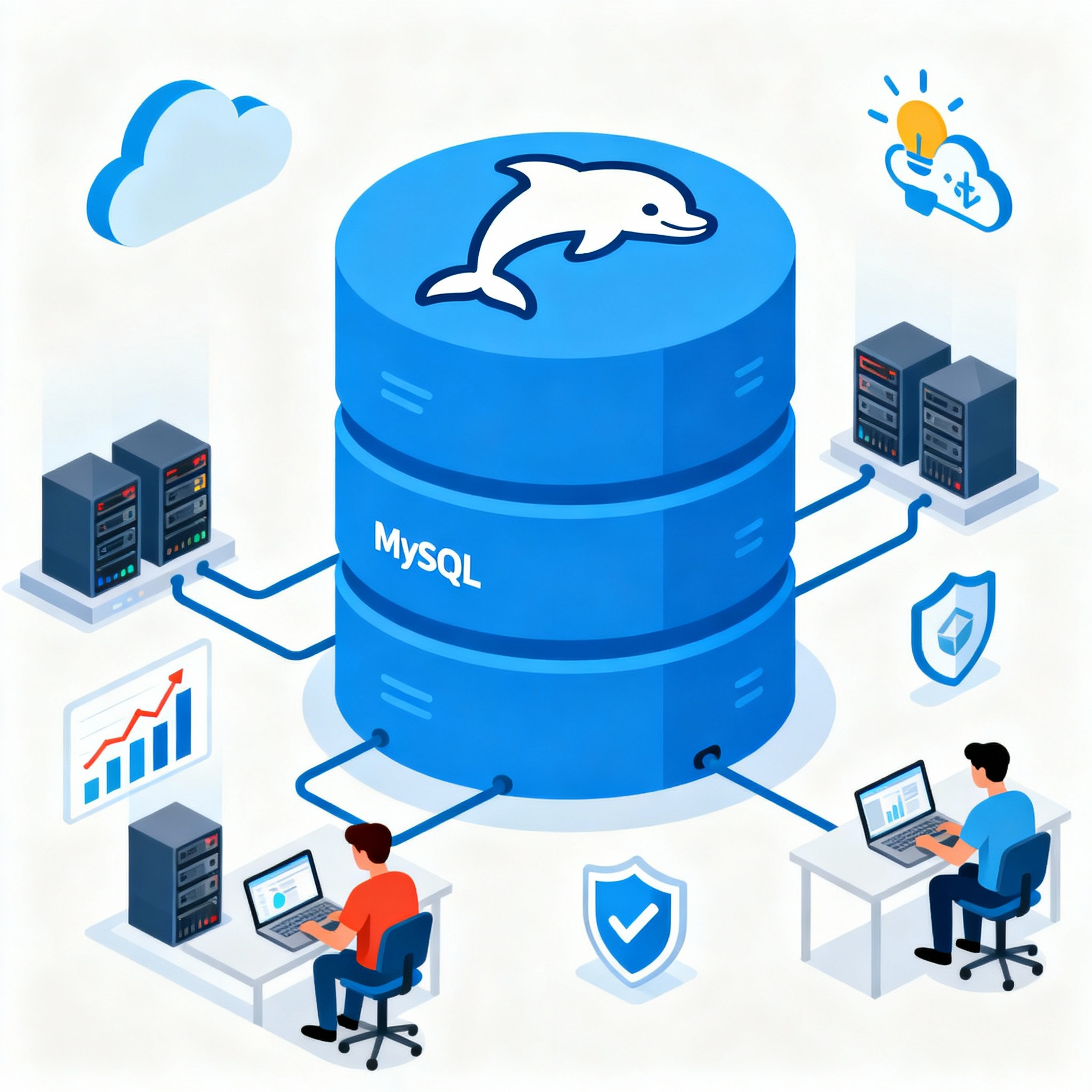
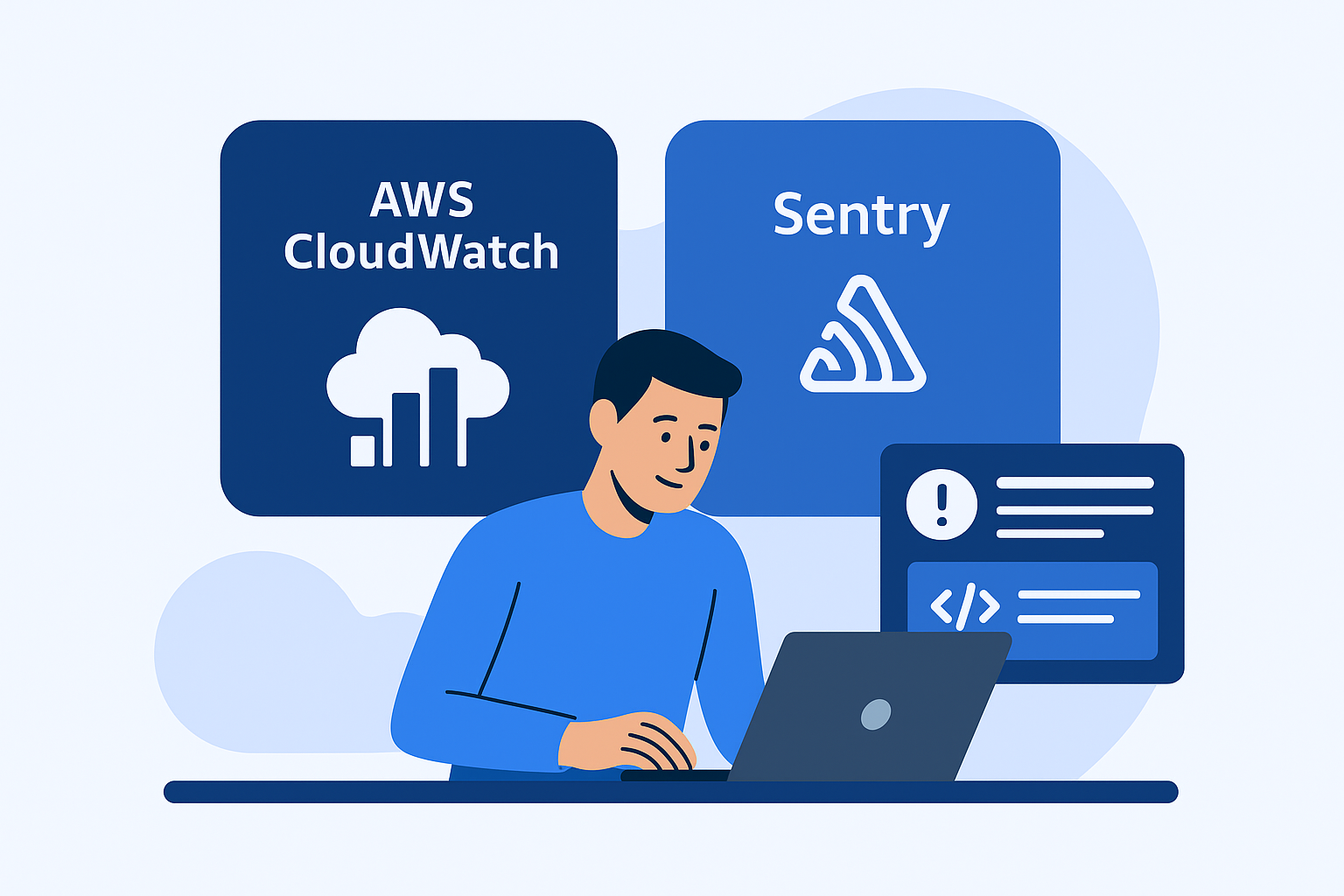
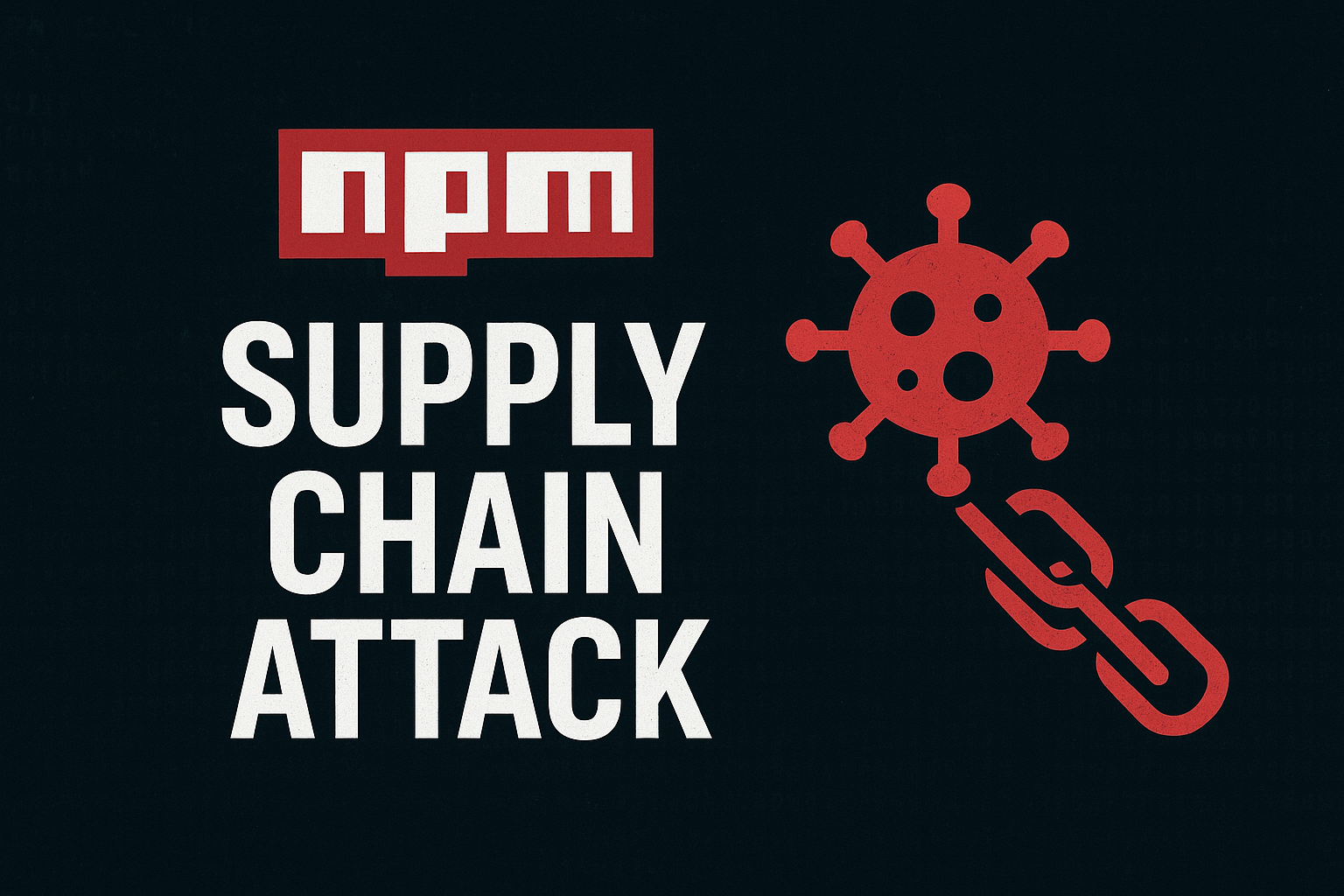
No comments yet
Be the first to start the discussion!